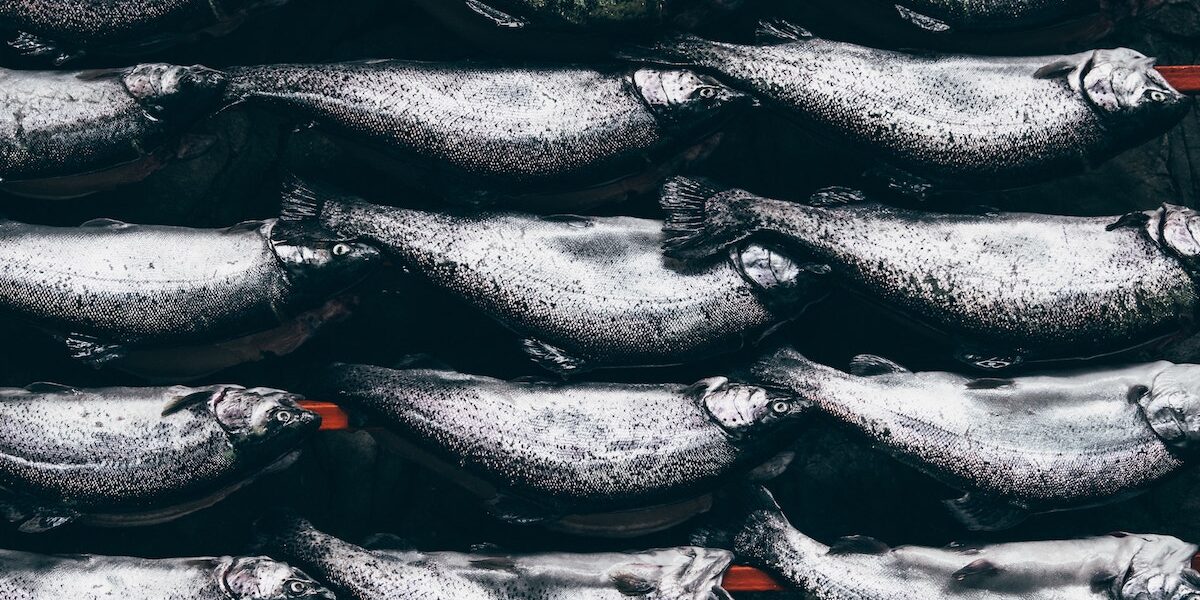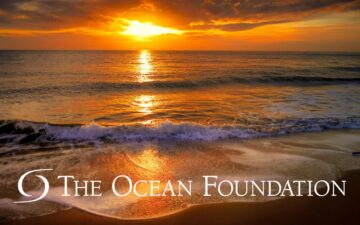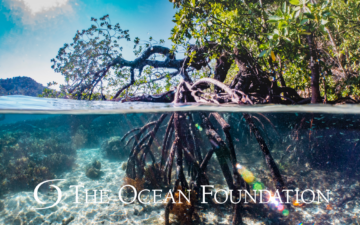By Mark J. Spalding, President of The Ocean Foundation

[Fishing boat in Hong Kong Harbor (Photo: Mark J. Spalding)]
Last week I attended the 10th International Sustainable Seafood Summit in Hong Kong. At this year’s summit, 46 nations were represented, with a mix of industry, NGOs, academics and government. And, it was encouraging to see that the meeting was again sold out and that industry is really engaged and filling a lot of the seats.
The things I learned at the Summit and how they affect what I have been thinking about are many. It is always good to learn new things and to hear from new speakers. As such it was also a reality check for some of the work we have been doing related to sustainable aquaculture – affirmation and new ideas.
As I sit in the plane for the 15-hour flight back to the U.S., I am still trying to wrap my head around the issues of the summit, our four-day field trip to look at old school and very modern aquaculture in mainland China, and frankly, my brief view of the enormity and complexity of China itself.
The opening keynote from Dr. Steve Hall of the World Fish Centre made it clear we need to be worrying about the role of “fish-food” (meaning saltwater and freshwater), not just seafood, in alleviating poverty and hunger. Ensuring a sustainable supply of fish-food is a powerful tool to increase food security for the poor, and maintain political stability (when supply drops and food prices go up, so does civil disturbance). And, we need to make sure we talk about food security when we are talking about fish-food, not just market-driven demand. Demand is for sushi in Los Angeles or shark fins in Hong Kong. Need is for a mother seeking to prevent malnutrition and related developmental issues for her children.
The bottom line is that the scale of the issues can feel overwhelming. In fact, visualizing the scale of China alone can be hard. More than 50% of our fish consumption globally is from aquaculture operations. Of this China is producing a third, mostly for its own consumption, and Asia is producing nearly 90%. And, China is consuming a third of all the wild caught fish – and is sourcing such wild catch globally. Thus, this single country’s role in both supply and demand is bigger than most other regions of the world. And, because it is becoming increasingly urbanized and wealthier, the expectation is that it will continue to dominate on the demand side.

[Dawn Martin, President of SeaWeb, speaking at the International Seafood Summit 2012 in Hong Kong (Photo: Mark J. Spalding)]
So setting the context here regarding the importance of aquaculture is rather telling. Right now, it is estimated that 1 billion people rely on fish for protein. A little over half of this demand is met by aquaculture. Population growth, combined with increasing affluence in places like China means that we can expect demand for fish to rise in the future. And, it should be noted that demand for fish grows with both urbanization and wealth separately. The wealthy want fish, and the urban poor rely on fish. Often the species in demand adversely affect the species available to the poor. For example, salmon, and other carnivorous fish farming operations in Canada, Norway, the U.S., and elsewhere, consume huge amounts of anchovies, sardines, and other smaller fish (somewhere between 3 and 5 pounds of fish for every pound of fish produced). The diversion of these fish from the local market place in cities such as Lima, Peru raises the price of these high quality protein sources and thus limits their availability to the urban poor. Not to mention those ocean animals who also depend on those smaller fish for food. Furthermore, we know that most wild fisheries are overfished, poorly managed, weakly enforced, and will continue to be harmed by the consequences of climate change and ocean acidification. Thus, the increased demand for fish will not be satisfied by killing fish in the wild. It will be satisfied by aquaculture.
And, by the way, the rapid rise in aquaculture “market share” for fish consumption has not yet reduced wild fishing effort across the board. Much of market-demand aquaculture relies on fish meal and fish oil in feeds that come from wild catches as described earlier. Thus, we cannot say that aquaculture production is taking pressure off of overfishing our ocean, but it can if it expands in the ways we need it most: meeting food security needs for the world. Again, we come back to looking at what is happening with the dominant producer, China. The problem in China is the growth in its demand is much higher than the world average. So the coming gap in that country will be hard to fill.
For a long time now, say 4,000 years, China has been practicing aquaculture; mostly alongside rivers in flood plains where the fish farming was co-located with crops of one kind or another. And, usually, the co-location was symbiotically beneficial for the fish and the crops. China is moving toward industrialization of aquaculture. Of course, large-scale industrial production may mean an unfavorable carbon footprint, just from the transportation issue; or there may be some beneficial economies of scale to meet demand.

[A passing vessel in Hong Kong Harbor (Photo: Mark J. Spalding)]
What we learned at the summit, and saw on the field trip to mainland China, is that there are more and more innovative solutions to the challenge of scale and meeting protein and market needs. On our field trip we saw them deployed in a number of different settings. They included how brood stock was sourced, the making of feeds, breeding, fish health care, new pen nets, and closed re-circulating systems. The bottom line is that we have to align the components of these operations to ensure their true viability: Choosing the right species, scale technology and location for the environment; identifying the local socio-cultural needs (both food and labor supply), and assuring sustained economic benefits. And, we have to look at the entire operation – the cumulative impact of the production process from brood stock to market product, from transportation to water and energy usage.
SeaWeb, which hosts the annual summit, seeks a “permanent, sustainable supply of seafood” for the world. On one hand, I have no quibbles with that concept. But, we all need to recognize it will means expanding aquaculture, rather than relying on wild animals to meet the protein needs of a growing world population. We probably need to make sure we set aside enough of the wild fish in the sea to preserve ecosystem balances, provide for subsistence needs at the artisanal level (food security), and perhaps allow that some kind of small scale luxury market is inevitable. Because, as I have noted in previous blogs, taking any wild animal to commercial scale for global consumption is just not sustainable. It collapses every time. As a result, everything below the luxury market and above the local subsistence harvests will increasingly come from aquaculture.
On the continuum of the climate and environmental impacts of consumption of protein from meat sources, this is probably a good thing. Farm-raised fish, while not perfect, scores better than chicken and pork, and much better than beef. The “best” in the farmed fish sector are likely to lead all major meat protein sectors on sustainability performance metrics. Of course, it almost goes without saying that as Helene York (of Bon Apetit) said in her talk that our little planet is also better off if we eat less meat protein in our diets (i.e. return to an era when meat protein was a luxury).
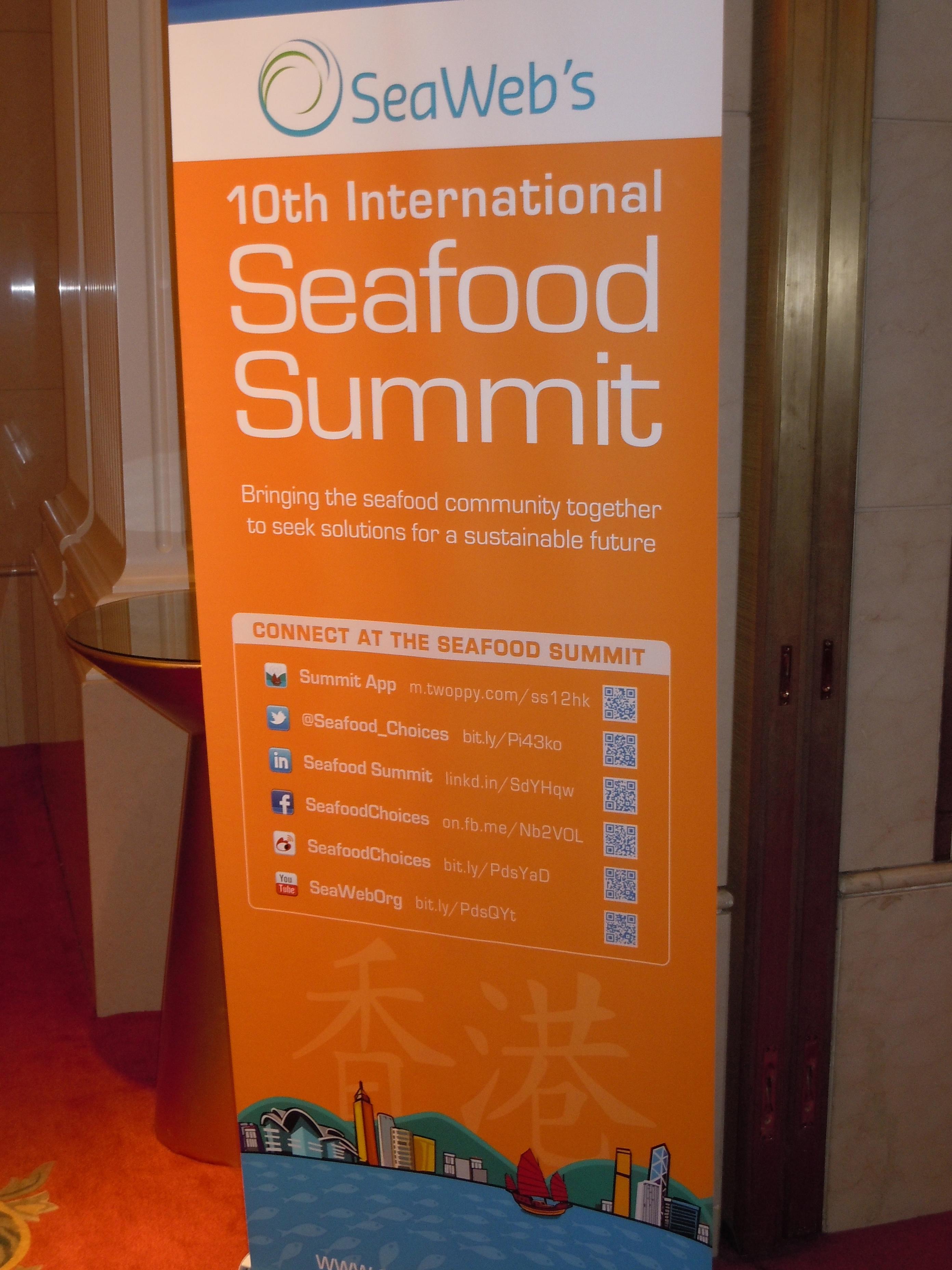
The problem is, according to FAO aquaculture expert, Rohana Subasinghe, the aquaculture sector is not growing fast enough to meet projected demands. It has been growing at the rate of 4% a year, but its growth has been slowing in recent years. He sees a need for a 6% growth rate, particularly in Asia where demand is growing rapidly, and Africa where stabilizing local food supply is critical to increased regional stability and economic growth.
For my part, I’d like to see the new advances in self-contained, water quality controlled, multi-species systems deployed to provide jobs and meet protein needs in urban areas where such operations could be fine-tuned for the local market. And, I’d like to promote increased protections for the wild animals of the sea to give the system time to recover from global commercial predation by humans.
For the ocean,
Mark
